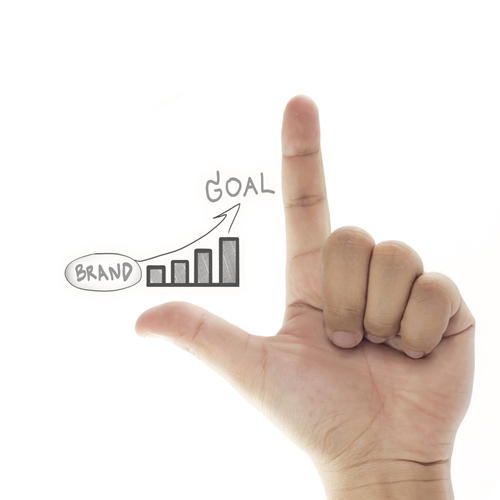A corporate logo is the most important feature of every advertisement. The symbols are printed on unique promotional products and embedded in emails to raise a business’ visibility. Time Magazine writes that well-designed images help companies make positive first impressions on consumers.
Similar to other practices, logos must be tested before they can be put in place. Small business owners can include their personal tastes but should always be prepared to tailor their emblems to reach the optimal number of consumers.
Adapting to different mediums
A design might look great on paper or in a computer application, but the logo must be adaptable to other mediums. Companies use the symbols on print advertisements, employee uniforms and everything in between. The Creative Bloq, a design database, recommends using different sizes to see how the image looks when it’s stretched and contorted. The test is especially important for written logos because the text should always be legible to consumers.
The news sources writes that small business owners should print their initial designs on various marketing materials. For instance, potential logos can be embossed on promotional pens and posted on social networks. Entrepreneurs can create variant images if there is room for improvement.
Keep the clients in mind
The features of a good logo are subjective. Owners and consumers can disagree as to what colors, shapes and font are best, but the public’s opinion is what matters most. The customer is always right when it comes to corporate symbols. Clients will develop negative impressions of a company that has a visually unappealing emblem.
As with other advertisements, businesses should tailor their logos to their audiences. Market research gives owners a better idea as to who is in their consumer base and the group’s preferences. Carefully studying demographic information allows entrepreneurs to target specific leads. Companies can test different emblems by holding special events like promotional giveaways and seeing which design earns the strongest response.
Additionally, owners should be careful about using popular trends. Consumers’ current favorite styles can quickly become old hat. Businesses should look for features that have stood the test of time so that their logos don’t fall out of favor in a matter of months.
Don’t copy other businesses
Imitation is the sincerest form of flattery, but the practice shouldn’t be used in graphic design. The primary purpose of creating a logo is to give the public a memorable identifier for a business. Small business owners are hurting their brand when they copy ideas and follow in their competitors’ footsteps. In fact, imitation can reinforce the other company’s market presence.
During the research stage, entrepreneurs shouldn’t look for individual features that are popular with consumers. They should take note of universal design traits that every establishment uses.
Hire a designer
It’s best to leave complicated tasks like design to the professionals. While small business owners can sketch a rough idea, a graphic artist can create an eye-catching logo to make a business stand out from the competition.
Some entrepreneurs are hesitant to seek professional assistance because of the costs. Independent companies don’t have unlimited resources and have to be careful about how they spend their money on various ventures. Stan Evenson, founder of Evenson Design Group, told Entrepreneur Magazine that there is a budget-friendly alternative to hiring an expensive design firm – finding a freelance worker.
“There are a lot of [freelance] designers who charge rates ranging from $15 to $150 per hour, based on their experience,” Evenson said.
The news source writes that a professional designer also helps solve the adaption problem. Artists know how images will translate when they’re put into different mediums.

